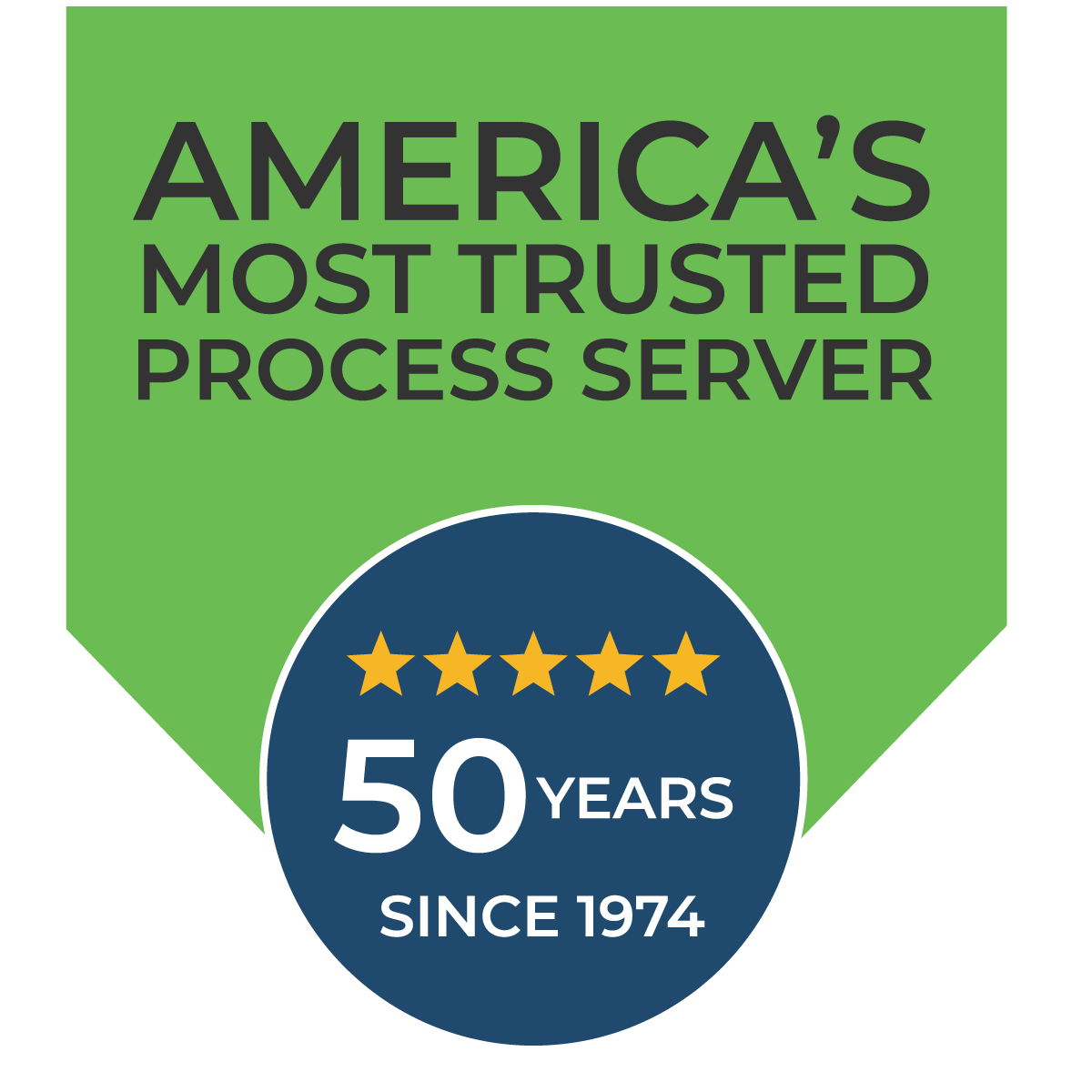E-filing became vital in 2020. In fact, it’s one of the top legal terms, as well as one of the legal tech terms of which everyone should be aware. This year, e-filing got a boost in acceptance and recognition as many courts’ in-person processes were shut down due to the pandemic. Courts previously reluctant to dabble with e-filing enabled systems allow the digital submissions of documents while social distancing measures are in place — a trend some are hopeful will stay even after the pandemic ends. As more courts look to adopt e-filing, it is imperative that legal professionals, such as attorneys, paralegals, and lawyers understand the systems in place well enough to make assessments around how to implement e-filing processes for their cases.

What is Electronic Court Filing?
Electronic Court Filing (ECF), more commonly known as e-filing, is the electronic filing of court documents. E-filing places court documents into the public record so they can be used in litigation. If documents are not filed with a court, legal processes such as lawsuits are not considered valid and cannot move forward. While many e-filing systems are gated, requiring an attorney or EFSP for access, some courts are opening e-filing systems up to allow the general public to submit and file certain preliminary documents to courts, such as name-change and marriage applications.
There are several key benefits to e-filing. E-filing is faster and more accurate, requires less physical storage space, and has a smaller environmental impact than physical filing. E-filing replaces the need to submit and follow paper documents as they make their way into and around the court for placement and processing into the proper channels with a trackable digital submission. This means that documents and the information contained in them get where they need to go without waiting on a person to do a physical hand-off. This data transfer extends out of the courtroom, allowing attorneys and the public to access records at much greater speeds since they are querying a database rather than waiting in a line or for a physical document to reach them after a request. The main deterrent to the use of e-filing by courts is the difficulty of setting up a proper EFM, which involves process digitalization, training, and implementation.
What is an EFM?
The infrastructure allowing documents to be submitted, reviewed, and distributed to connected entities including a court’s internal case management and docketing systems, is known as an EFM or Electronic Filing Manager. At its core, setting up e-filing requires a system that can intake and process documents. The processing of the documents requires a court to define rules within the system to replicate and translate previously physical processes, ensuring that data is confirmed as accurate, is interpreted correctly and gets pushed to the right places in the other digital systems within the court. In order to get information from documents in a useable format that is readable by the EFM, courts will set up submission requirements for documents around formatting, layout, required information, acceptable information in document fields, and more. Once the court can ensure that document information is moving in equivalent workflows, there is a need to have internal teams trained and external teams briefed on the systems. After the system is implemented internally and live, outside sources — attorneys, the public, other court systems, and EFSPs — need to be given access to the EFM.
What is an EFSP?
EFSPs or Electronic Filing Service Providers are entities that specialize in connecting to court EFMs. Certain courts such as those in Texas currently require EFSPs to interact with the court’s EFM, while others like Oregon Courts and King County Superior Court in Washington state have variable requirements and access depending on who is filing. Requirements and access to these systems can and do change. King County Superior Courts for example, have future plans to allow EFSPs to have direct connections to their system, enhancing their ability to submit documents with speed and accuracy. For law firms operating in various states, or states with different systems, e-filing gets complicated quickly.
The benefits of using an EFSP or e-filing providers lie in the company’s ability to specialize and/or provide multiple services. EFSPs deal with the submission of electronic documents on a daily basis. They are hyper-aware of the changes to the EFMs and the filing requirements in each court. They take on the onus of remembering, researching, reformatting, and realigning documents with the needs of individual court systems. Well-rounded EFSPs, such as ABC Legal Services, also provide additional legal services, such as service of process and appearance counsel, allowing law firms to combine several tasks they may outsource under a single legal services provider.
Whether electing to utilize an EFSP by choice or selecting an EFSP in order to adhere to court regulations, it is vital that legal professionals evaluate providers to determine which EFSP is right for them and their court-specific needs.
How to Stay Up-to-Date on E-filing
Additional resources to learn about E-filing at the federal level include the US Courts’ page on electronic filing and the Public Access to Court Electronic Records’ help and training website. An interesting perspective on the changes in the last few years in e-filing and the challenges faced when e-filing can be found in a 2-part interview with Kimberly Kent, Supervisor of the e-filing team at ABC Legal Services.
As court requirements and expectations change, the landscape of e-filing will continue to evolve. To stay on top of these changes, consider subscribing to legal tech blogs and podcasts or following relevant local courts on social media. For practices that want to spend less time on the nuances of e-filing and spend more time on the legal side of their caseloads, finding a reliable service for e-filing can be a great solution.
About ABC Legal Services
ABC Legal is the nation’s leading service of process and court filing company and is the official process server to the U.S. Department of Justice. Docketly is a subsidiary of ABC Legal, providing appearance counsel on a digital, custom-built platform that smoothly integrates with our applications and services. ABC Legal’s applications are cloud-based and compatible for use on desktop, browser, and smartphones. Our solutions and digital approach ensure process server partners, law firm customers, and their clients save valuable time and resources when serving legal notices safely and with maximum compliance, control, and transparency. ABC Legal is based in Seattle, WA, with more than 2,000 process servers throughout the U.S., as well as internationally in more than 75 countries. To learn more about ABC Legal, our solutions, and subsidiary company Docketly, visit www.abclegal.com.

Written by
Heather ThomasService made simple—down the road and across the country. Join the 50,000+ professionals who trust ABC Legal for service of process.
Recent Posts
Subscribe to email updates
Popular posts
Learn More

Between the Lines: E-filing with ABC Legal

Between the Lines: Top 5 Advantages of E-filing

Interview: An Overview on Changes in E-filing Technology - Part 1








